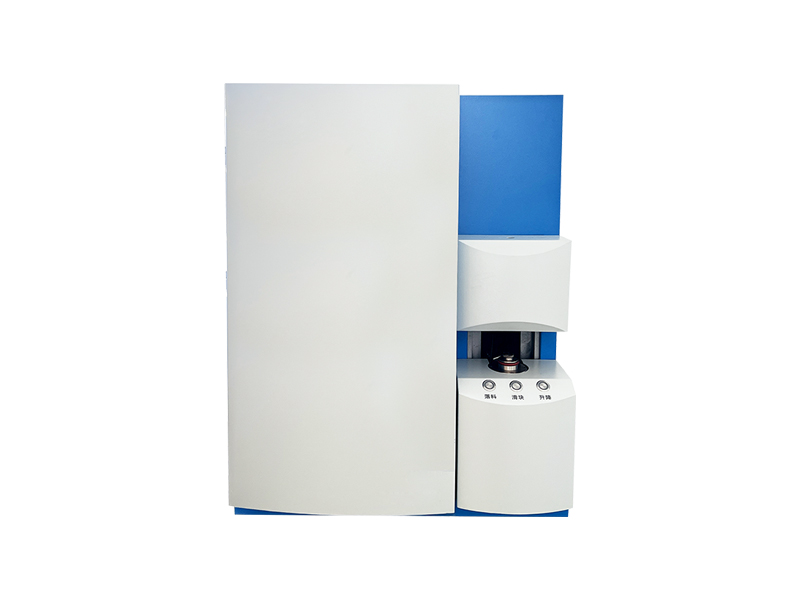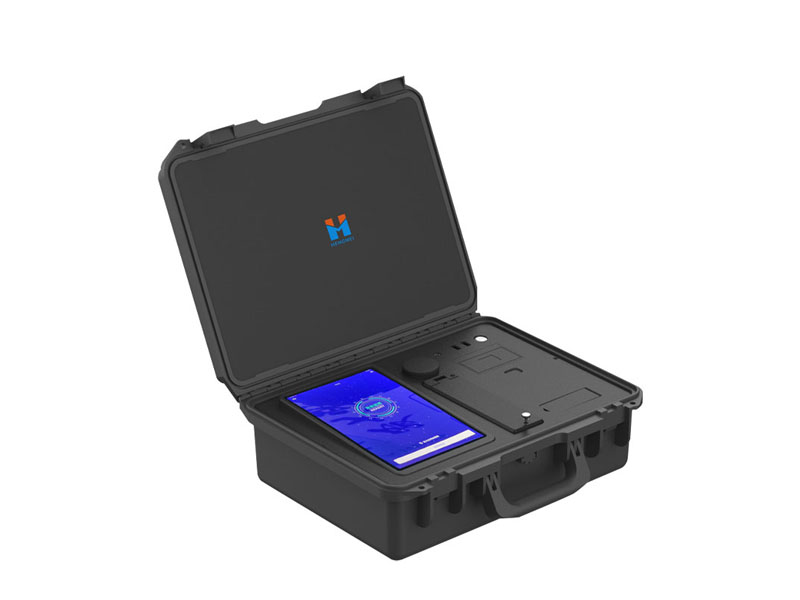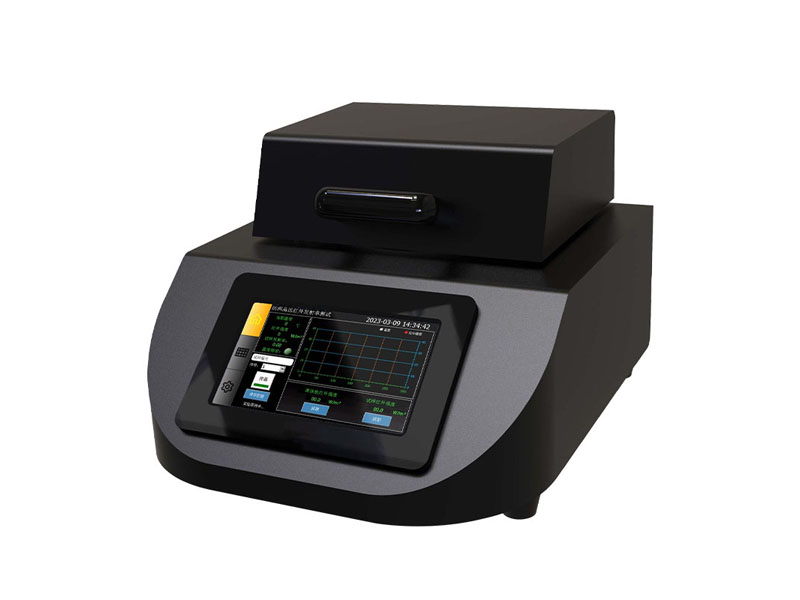In the field of modern materials science and industrial manufacturing, the performance of metal and inorganic non-metallic materials directly determines the quality and lifespan of products. Among them, although the content of oxygen, nitrogen, and hydrogen elements is very small, they are like "invisible killers" in the material body - excessive oxygen leads to increased brittleness, residual nitrogen causes aging embrittlement, and dissolved hydrogen induces the disaster of "hydrogen embrittlement". Accurately measuring these gas elements is the core link in controlling material quality and ensuring engineering safety.

Core principle: Precise deconstruction of inert gas melting method
The core technology of oxygen nitrogen hydrogen analyzer lies in the inert gas melting method. Its workflow is precise and efficient:
High temperature melting extraction: Place the accurately weighed sample into a high-purity graphite crucible, and heat it instantly to over 3000 ℃ in a pulse furnace under the protection of ultra pure helium (or argon) gas. The oxygen in the material rapidly reacts with the crucible carbon to produce carbon monoxide (CO), nitrogen is released in the form of nitrogen (N ₂), and hydrogen is converted into hydrogen gas (H ₂).
Gas directional conversion and separation: The mixed gas is fed into the conversion furnace by a carrier gas, and CO is catalytically oxidized to easily detectable carbon dioxide (CO ₂), while N ₂ remains stable. Subsequently, the airflow passes through efficient adsorbents to precisely remove CO ₂ and water vapor (H ₂ O).
High sensitivity joint inspection: The processed gas enters the infrared detection cell to accurately determine the CO ₂ content (corresponding to oxygen); The residual N ₂ and carrier gas He flow through the thermal conductivity detection cell (TCD) and are quantified due to differences in thermal conductivity (corresponding to nitrogen); Some instruments achieve synchronous determination of hydrogen through independent channels or extended technologies such as thermal conductivity/mass spectrometry.
Technical advantages: precise, efficient, and comprehensive solutions
Multi element joint testing: single analysis, oxygen, nitrogen, and hydrogen content are all under control, efficiency is doubled.
Wide range and high precision: covering from ppm level to percentage content, meeting the stringent requirements of scientific research and industry.
Fast and efficient: Complete single sample testing in minutes, significantly improving quality inspection efficiency.
Wide applicability: steel, alloys, copper titanium zirconium, rare earths, ceramics, hard alloys, etc. are all inclusive.
Automation and reliability: Modern instruments are highly automated, reducing human error and ensuring stable and reliable data.
Key application areas: the cornerstone of quality control
Metallurgical industry: control of steel purity, optimization of alloy properties, and rapid analysis before furnace.
Aerospace: Control of trace gas elements in high-temperature alloys and titanium alloys to ensure flight safety.
Strict monitoring of oxygen and nitrogen in electronic materials such as semiconductor silicon materials, target materials, and bonding wires.
Additive manufacturing (3D printing): Analysis of gas content in powder raw materials to ensure the density and strength of printed parts.
Nuclear industry and new energy: Performance evaluation of zirconium alloy cladding tubes and hydrogen storage materials.
Research Institute: A fundamental research tool for new material development, failure analysis, and process improvement.
Industry pain points and Hengmei solutions
Currently, material analysis faces many challenges: insufficient detection accuracy leading to fluctuations in batch performance; Low efficiency slows down the pace of research and production; Traditional methods are difficult to achieve efficient joint measurement of oxygen, nitrogen, and hydrogen; The pre-processing of complex samples is cumbersome; The stability of equipment is greatly affected by environmental factors such as temperature fluctuations, electromagnetic interference, and vibration.
In response to these pain points, Shandong Hengmei Electronic Technology Co., Ltd. has launched a new generation of high-performance oxygen nitrogen hydrogen analyzer. This instrument strictly follows the environmental requirements stated at the beginning of the article (constant temperature of 20-25 ℃, humidity ≤ 70%, no strong electromagnetic interference and vibration) to ensure basic stability. Its core advantages lie in:
Pulse furnace ultra-high temperature technology: provides instantaneous stable high temperature, ensuring complete decomposition of refractory samples and releasing gases.
High precision dual detection system: Optimize the combination of infrared cell and high-sensitivity thermal conductivity cell to ensure the lower limit and accuracy of trace gas detection.
Intelligent airflow control and purification: Precise valves and efficient purification systems ensure the purity of the carrier gas and eliminate background interference.
Powerful software and database: intuitive user interface, intelligent analysis algorithms, support for massive material databases, and one click report generation.
Durable design and comprehensive protection: Suitable for industrial environments, with built-in multiple safety protection mechanisms.
Application case: Quality protection of aircraft engine blades
A certain aircraft engine manufacturer uses Hengmei oxygen nitrogen hydrogen analyzer to strictly monitor the powder raw materials of nickel based high-temperature alloy blades. Accurately measuring oxygen content (controlling oxide inclusions), nitrogen content (preventing brittle phase precipitation), and hydrogen content (eliminating the risk of hydrogen embrittlement) ensures that the blades have excellent fatigue strength and long-term reliability in extreme high temperature and high pressure environments, laying a solid foundation for flight safety.
The oxygen nitrogen hydrogen analyzer is the "golden eye" of modern material research and quality control. Its precision detection capability based on the principle of inert gas melting provides irreplaceable technical support for revealing the "invisible" elements inside materials, optimizing processes, improving performance, and ensuring safety. In the face of increasingly stringent material performance requirements, it is crucial to choose a stable, accurate, and efficient oxygen nitrogen hydrogen analyzer.
Article address:https://www.spectrometer.top/news/29.html


 Current
location:
Current
location:









